Woodland Park Elementary


OUR CONTEXT
Our school is community-minded:
We seek opportunities to connect with our local environment and community (Place-based learning)
Our learning team is multidisciplinary and involves collaboration (parents as partners in their child’s education)
Learner --> Classroom --> School --> World (Ripples of influence)

Our school is inclusive:
Growing healthy relationships (network of safe, caring adults)
Celebrating diversity
Honouring identities
Constructivist approach (students are active participants in their learning, not passive)
Differentiated instruction (inquiry-based, problem based learning, student-centered approach)
Indigenous ways of knowing, First Peoples Principles of Learning
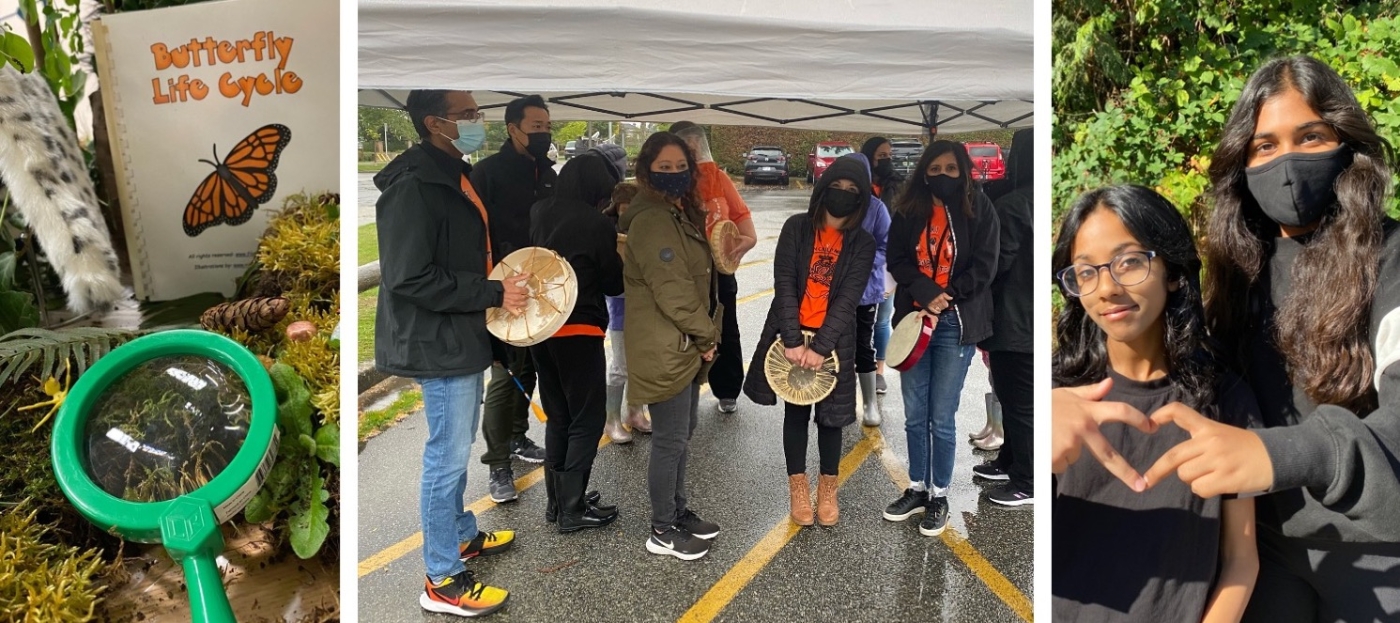
Our school is committed to leadership:
Student leadership opportunities (I.e. Playground buddies, lunch monitors, tech committee, fundraising, communication team, big buddies, assembly squad, garden club, recycling team)
Multiple entry points for all students to contribute based on interests and strengths
Teacher mentorship
Leading the Learning
Sponsoring/mentoring of future practicum Teachers/EAs
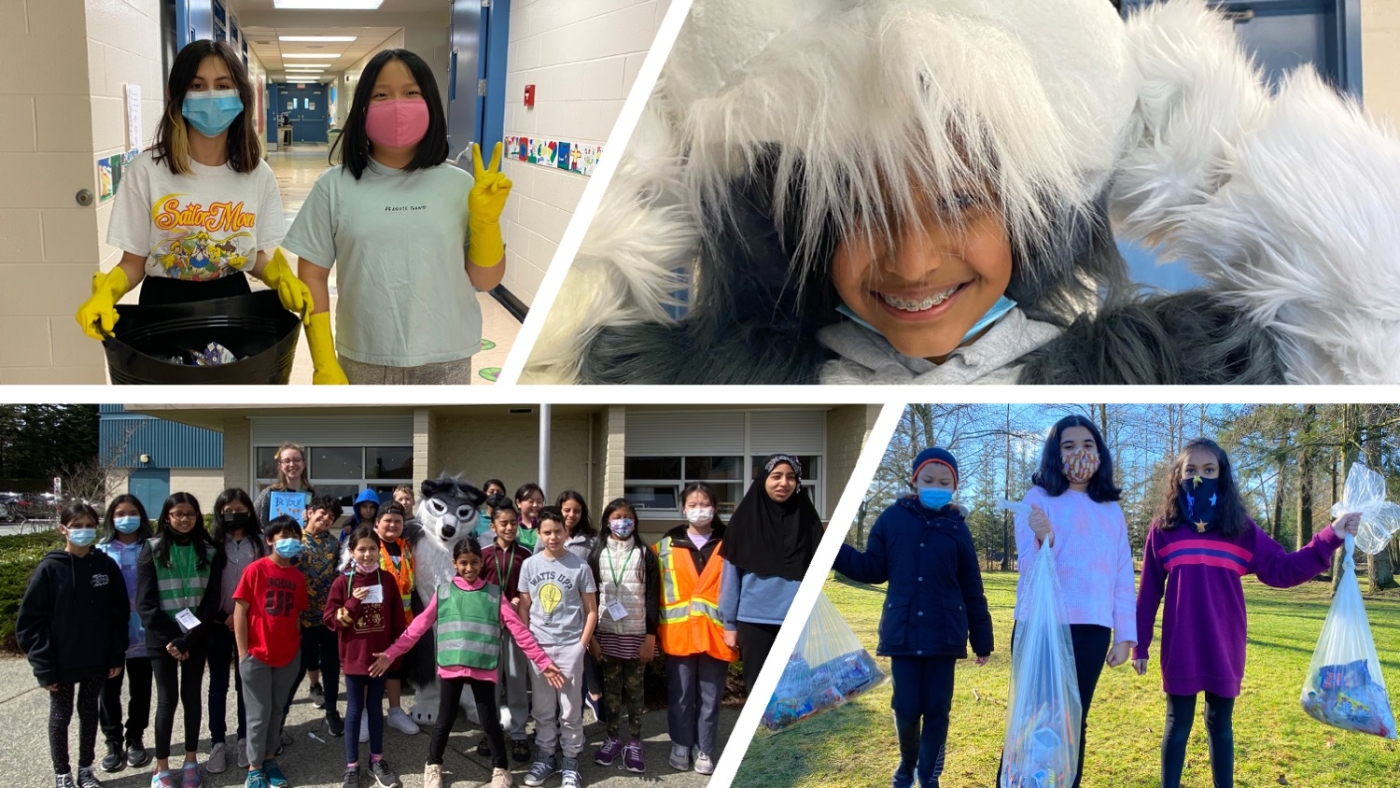
Our school is focused on SEL:
Explicit teaching in SEL
SEL Lead teacher and staff committee
Focus on self-regulation and the importance of emotions
Recognizing the value of SEL as a lifelong skill; cultivating growth mindset
Developing healthy relationships, friendship groups
Cultivating resilience
Creating safe classroom environments
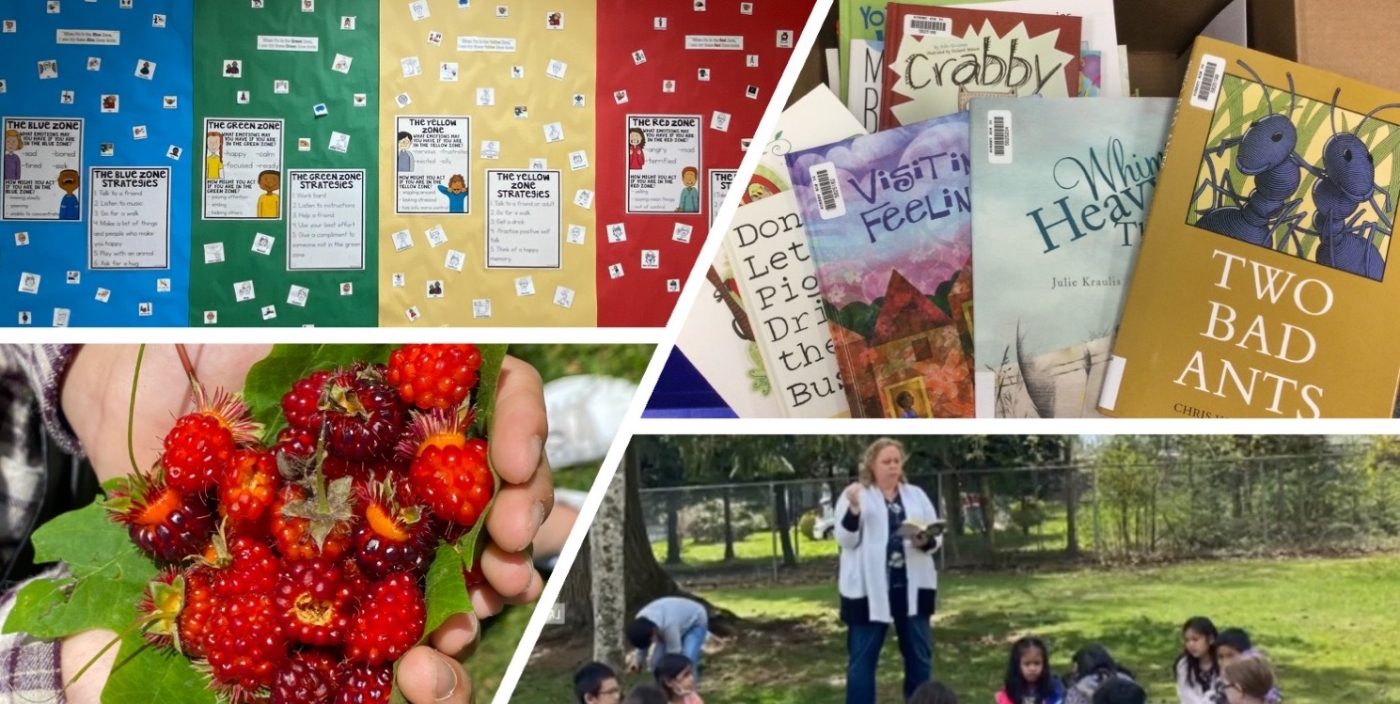
OUR LEARNERS
Woodland Park students have been focusing on developing their ability to make connections between themselves, others, and the world around them. Students who feel seen, valued, and heard have tools to self-regulate are able to reach their full potential. We are implementing explicit Social and Emotional Learning (SEL) instruction to cultivate these understandings of self and others.
Our students' Social Emotional Learning goals in Literacy:
1. Developing empathy and understanding of others.
2. Participate in reflective thinking using multiple perspectives.
3. Developing skills to communicate their story respectfully.
*adapted from Social Awareness and Responsibility Core Competencies
How Are We Supporting Social Awareness and Responsibility?
We have developed the "Wolf Pack" - a positive behaviour support plan.
This plan was created based on discussions, collaboration and consultation with staff and students of Woodland Park. The primary goal of “Wolf Pack Goals” is to promote responsible behaviour and support positive interactions among students by explicitly teaching SEL knowledge & practices, using common language around positive behaviour and celebrating & affirming habits that build community.
The desired outcome of Wolf Pack Goals is to build a school community where:
"P" - Positive Attitude
Students can demonstrate respectful and inclusive behaviour in a variety of settings, and recognize that everyone has something to offer.
Morning meetings are used to connect the classroom community, helping each student to recognize where they are when they arrive to school each week, and what they might need to be successful moving forward. Morning meetings also help to honour and recognize the success of social and learning interactions during the week.
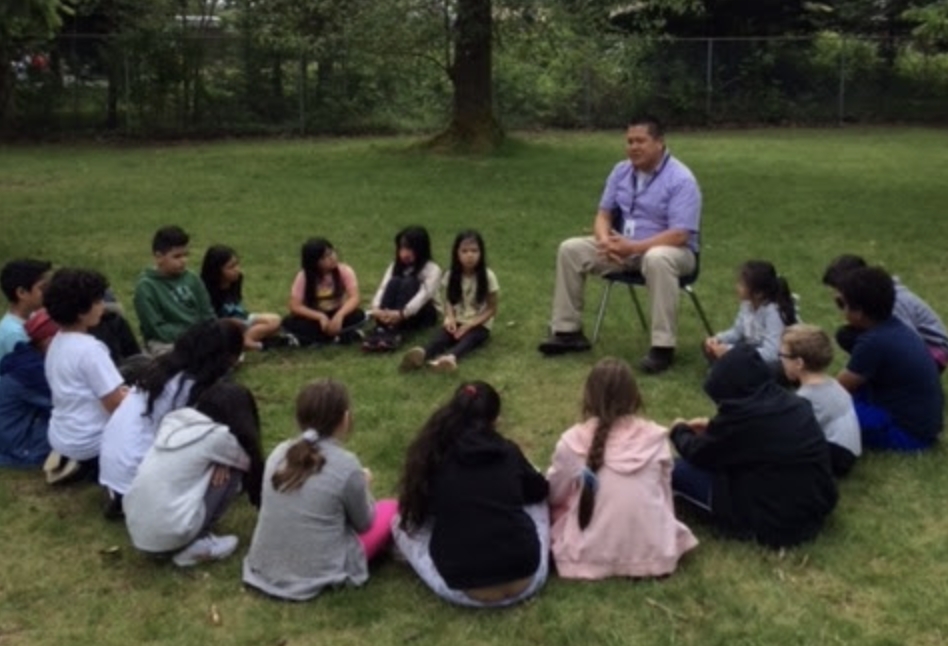
Student voice on what positive attitude looks, sounds, and feels like...
Have a growth mindset – Understanding we make mistakes and we can learn from our mistakes - don’t give up, be optimistic, be confident.
Have a good attitude towards others. Be a good sport.
Feeling good, happy, and proud of yourself for doing something well.
Always try your best, even when your not good at something right away.
"A" - Actions Matter
Students can look for ways to make my classroom, school, community, or natural world a better place and identify small things I can do that could make a difference.
Leadership opportunities allow students to utilize their strengths and contribute to the learning community in a positive way. Playground Buddies assist students playing games safely during recess and lunch. They encourage respectful play, and help to resolve peer issues peacefully.
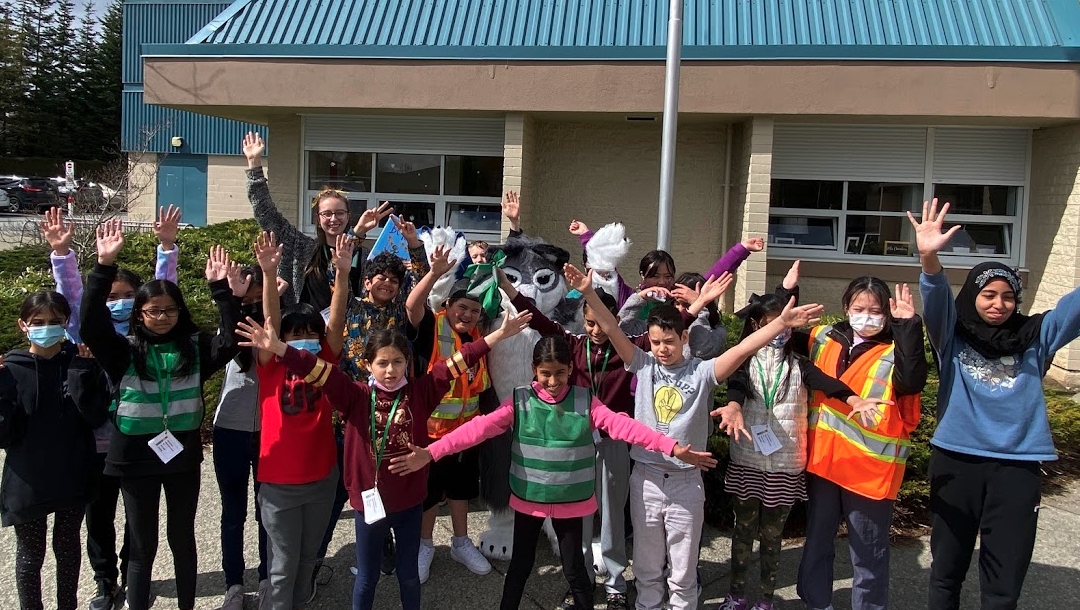
Student voice on what actions matter looks, sounds, and feels like...
Be responsible - Use manners, respect each other, get your work done.
Think about how your actions/words will affect others.
Be respectful - Listen, make eye contact, tone of voice matters.
Be caring – share, take turns, be honest.
"C" - Community Minded
Students can identify ways their actions and the actions of others affect their community and the natural environment.
Our garden project has become a focal point of our efforts to cultivate community here at Woodland Park. Gardens are a natural space for students to be curious. Out of this curiosity comes realization that humans are connected to their environment in an intimate way. As our community continues to work in this natural space, our hope is that the lessons of compassion, understanding and responsibility translate from the garden to one another.
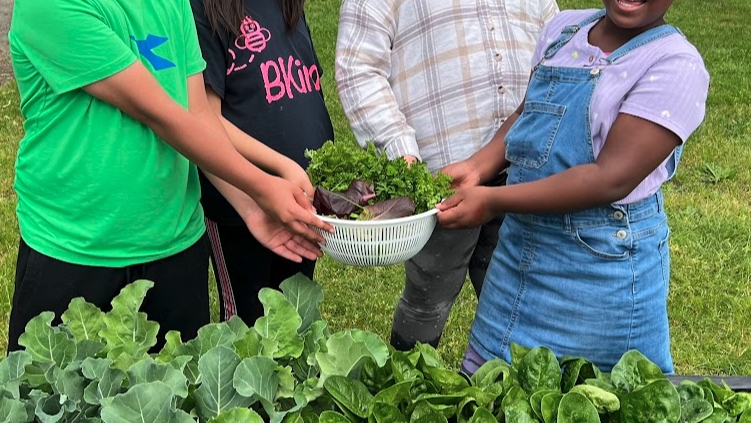
Student voice on what community minded looks, sounds, and feels like...
Everyone matters in the Wolf Pack – No one gets left behind or forgotten.
Work together, play together.
Take care of your classroom, your school, and nature.
Use your words, listen to each other, and give each other space.
"K" - Kind Hearted
Students can build relationships and be a thoughtful and supportive friend.
We know that learning happens best in safe and caring environments. At Woodland Park, staff and students learn and actively practice SEL strategies. Explicit SEL instruction in the classroom is consistent throughout the school and evident in our common language. Programs such as Second Step, Open Parachute, Roots of Empathy, MindUp and Zones of Regulation are used throughout our school community.
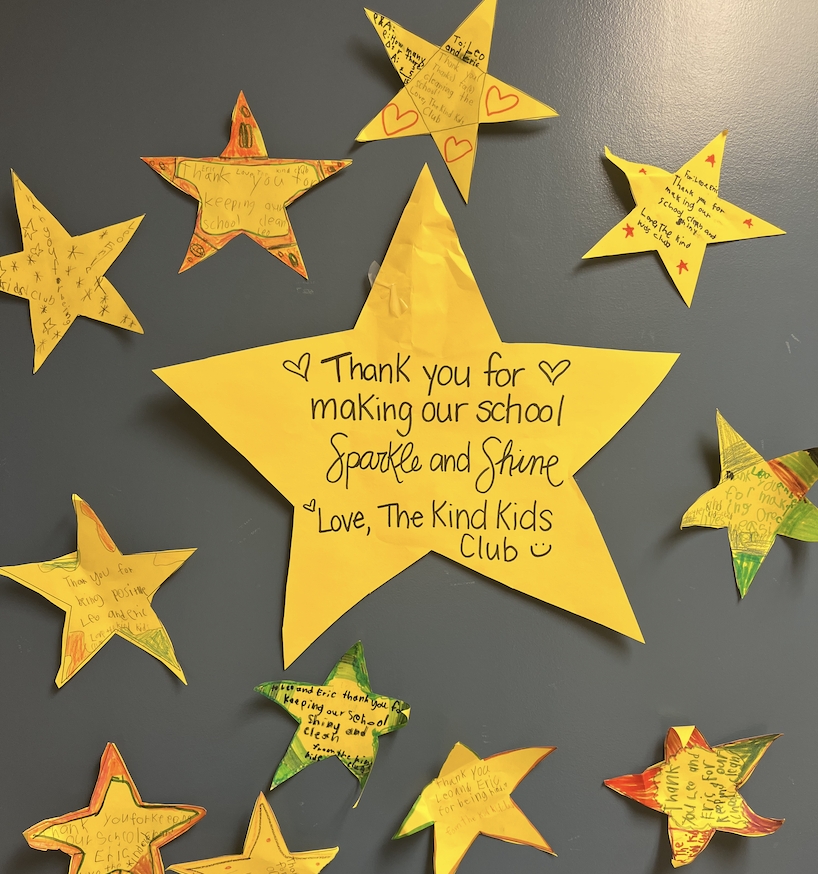
Student voice on what kind hearted looks, sounds, and feels like...
Be welcoming and warm.
Use kind words.
Be an ally (don’t just watch, tell a safe adult if something looks wrong).
Do random acts of kindness.
OUR FOCUS
Social Emotional Learning through Literacy
Social and Emotional Learning (SEL) is the process through which young people acquire and effectively apply the knowledge, attitudes, and skills necessary to understand and manage emotions; set and achieve goals; demonstrate empathy for others; establish and maintain positive relationships, and make effective decisions. It includes a number of competencies: self-awareness, self-management, social awareness, relationship skills and responsible decision-making. (Surrey Learning By Design)
Our students' Social Emotional Learning goals in Literacy:
1. Developing empathy and understanding of others.
2. Participate in reflective thinking using multiple perspectives.
3. Developing skills to communicate their story respectfully.
*adapted from Social Awareness and Responsibility Core Competencies
Our learners engage in a variety of literacy activities each day where they are communicating, reading, writing, and reflecting on their learning experiences in the area of Social and Emotional Learning. Our educators develop curricular and social experiences to inspire, empower, and support our learners.
Literacy development is our focus at Woodland Park because we understand that our learners need to be able to read, write, speak and communicate effectively as they move through their learning journey. This will be done through the three learning goals listed below.
Student Examples:
See the following examples of student learning in the area of English Language Arts that support our school's Social Emotional Learning goals:
"Exchange ideas and viewpoints to build shared understanding and extend thinking." (English Language Arts Curricular Competency)
Supports School Goal #1: Developing empathy and understanding of others.
Lesson: "Your Heart Compass" - a Grade 3 English Language Arts Lesson
The admin team at Woodland Park loves to use literature (picture books) to assist students in developing empathy and understanding of others. We chose the book “Your Heart Compass” as a school-wide focus at the start of the school year. The theme of this book is to find your way home from the storms of big feelings to joy, kindness, courage and calm.
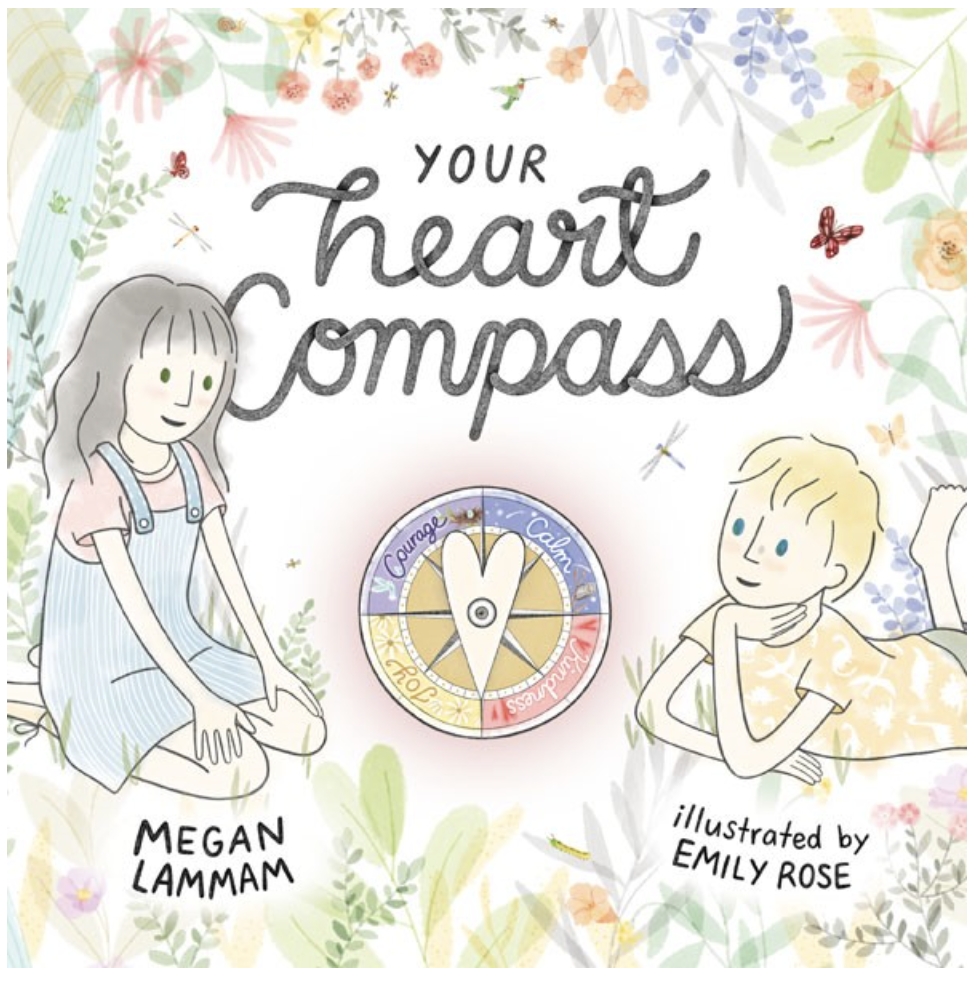
We were fortunate to have the author visit all four of our grade 3 classes at Woodland Park this year. During their session with Megan Lammam, students felt safe to share what brings them joy when they are experiencing self-doubt, stress, anger, or sadness. Megan shared the importance of sitting with those emotions for a while but finding ways to move through them by doing things they love as that will bring them back to joy.
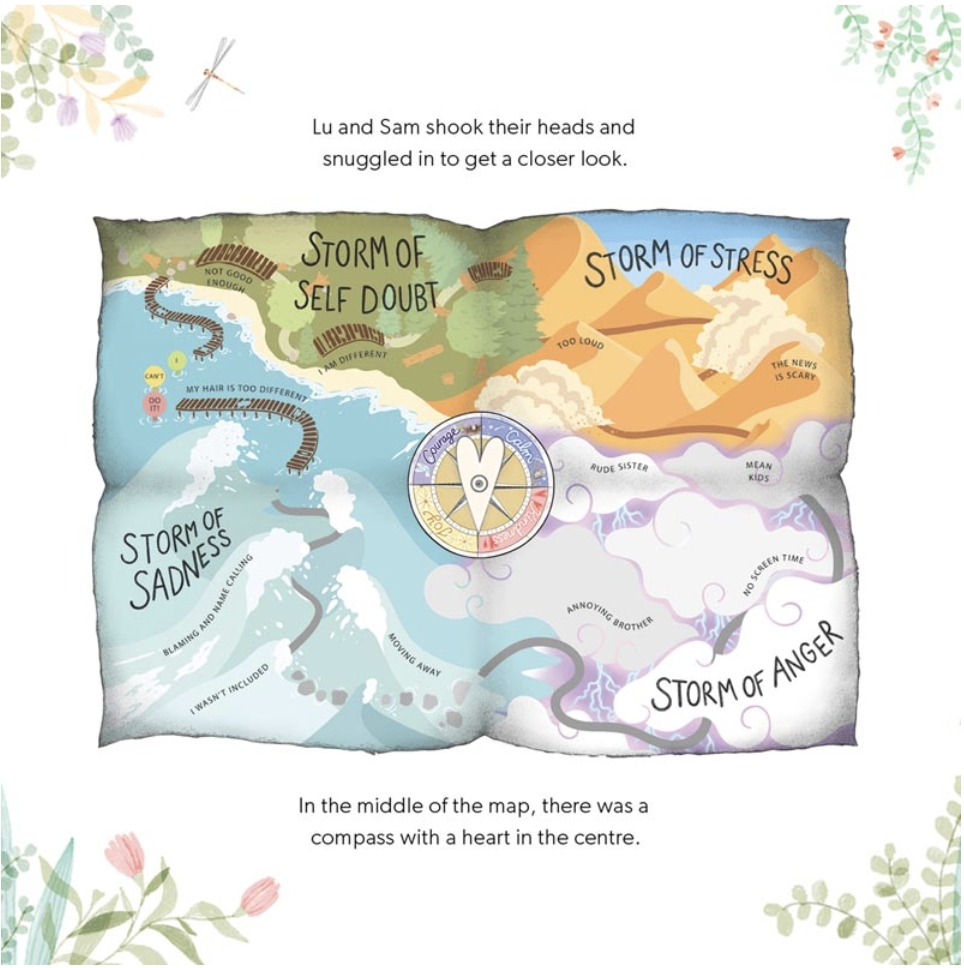
Megan Lammam also shared the importance of using story (oral or written) to communicate emotions and build a shared understanding. The message woven through her presentation was that each student at Woodland Park has a special story to tell. We are all different and unique, but we are all connected through story.
Author Megan Lammam speaking to Ms. Nylund's grade 3/4 class:

"Your Heart Compass" was a springboard for students to participate in reflective thinking using multiple perspectives. It also led to the use of empathy maps as a problem-solving tool during restorative justice sessions with administrators. When students were having struggles communicating with their peers and getting along in peaceful ways, we utilized the framework of the empathy map to help students think from the other person’s perspective rather than their own. This tool improved the quality of problem solving that took place between students and helped them understand what their peers were thinking and feeling at the time.
Sample of an intermediate empathy map:
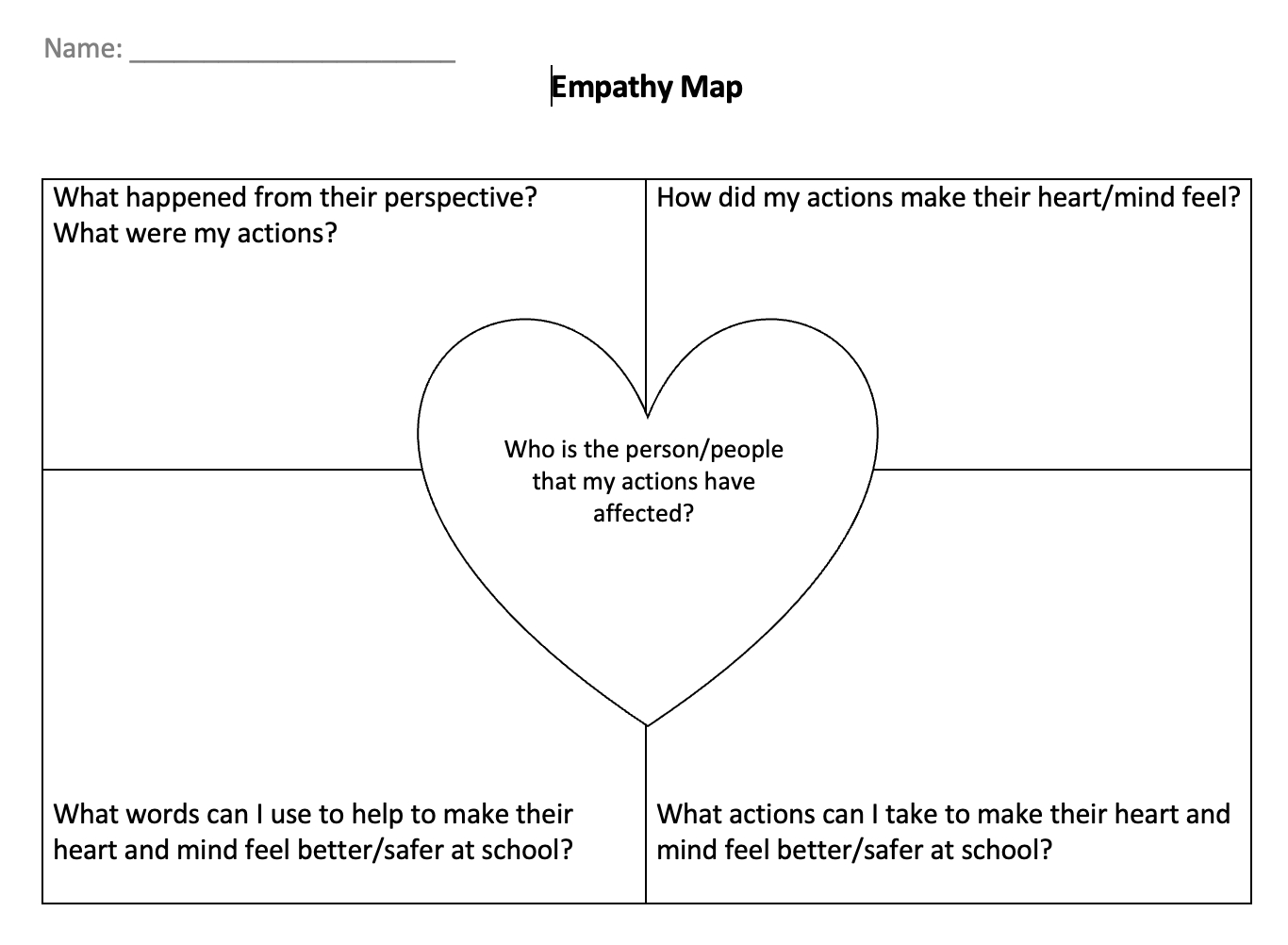
These empathy maps were used with both our primary and intermediate students this year. Moving forward, we would like to see the progression of these maps for students over time. We would also like all safe and caring adults on a student’s support team to consider using this structure to build a shared understanding of where students are at in their learning.
"Recognize and identify the role of personal, social, and cultural contexts, values, and perspectives in texts." (English Language Arts Curricular Competency)
Supports School Goal #2: Participate in reflective thinking using multiple perspectives.
Lesson: "Golden Boy Novel Study" – a Grade 7 English Language Arts lesson
We believe that language, story and text can allow students to explore and interact with different cultures, values and perspectives. As students read, discuss, reflect and write on learning experiences with stories that extend their thinking, they can expand their capacity for empathy and incorporate multiple perspectives into their worldview.
In this class, students engaged in a novel study of the book Golden Boy, written by Tara Sullivan. The plot follows a main character who faces discrimination, and threats to his life because of his albinism. As they read, students discussed emerging themes from the story and wrote journals to reflect on what they were thinking and feeling. This process allowed students to compare values and worldviews of the characters in the story to their own.
Discussions
Throughout the reading, students encountered personal, social, & cultural context, as well as values and perspectives portrayed in the story that are different than their own. In regular discussion periods, students asked questions and reflected on the different worldviews depicted in the novel by making connections and imagining themselves in the context of the characters.

Journals
Writing in journals was another way for students to ask questions and reflect on the story. The process of translating thoughts onto paper allowed students to articulate their thinking, further extending their capacity for examining multiple perspectives.
Samples of student journals:
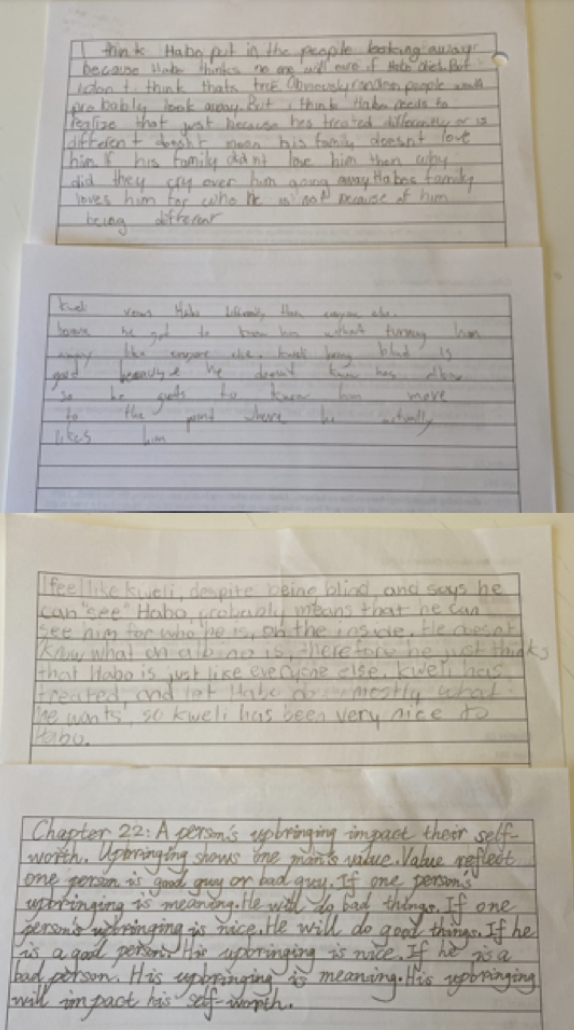

"Recognize and appreciate the role of story, narrative, and oral tradition in expressing First Peoples perspectives, values, beliefs, and points of view." (English Language Arts Curricular Competency)
"Learning is embedded in memory, history, and story."
(First Peoples Principles of Learning)
Supports School Goal #3: Developing skills to communicate their story respectfully.
Lesson: “How the Mouse got Brown Teeth” - a Grade 6 English Language Arts Lesson
In this lesson, students in a Grade 6/7 class were presented with an oral telling of the Cree story ‘How the Mouse Got Brown Teeth”. Students were asked to sit in a circle on the floor as they listened, free of any writing utensils or paper. The teacher, who had practiced the story enough to become familiar enough with it shared it with the students through spoken word. After the story was over, students took turns passing a talking stick amongst themselves, sharing their observations, insights, and questions related to the story.
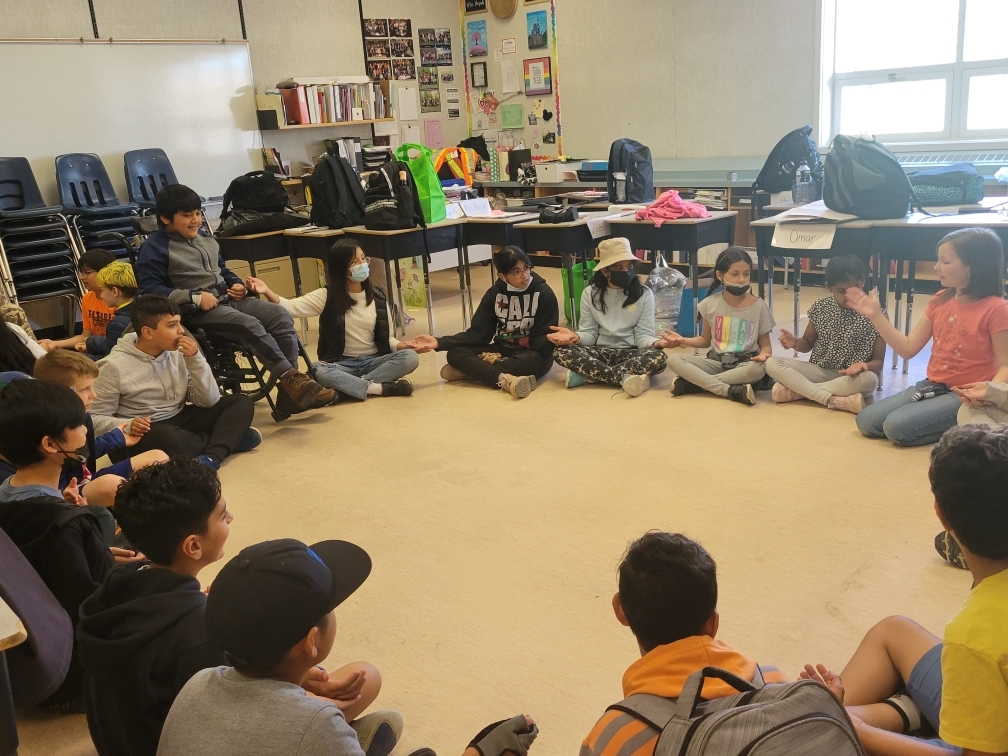
The teacher did not provide all the answers to the questions asked, but rather facilitated a conversation amongst the learners, allowing them to discover amongst themselves what needed to be learned.
It is important to note that all learners were aware that only one person would be allowed to share their thoughts at one time. The talking stick indicated who was allowed to speak so there was no confusion or interruption to each other’s thoughts.
Students were also instructed to listen to all the details of the story, not just with their ears, but also with their eyes and their soul. Stories are meant to fan emotions already present in us, and so students were encouraged to pay attention to which emotions emerged as the story was read.
Students were then asked to break the story down into units. They were provided a paper broken into 9 segments and were asked to sketch and retell those portions of the story in sequential order. This activity is a powerful strategy that could be later scaffolded to help students to develop paragraphs that are characterized by unity, development, and coherence.
Graphic retelling of story:

Students were then asked to practice the telling of their version of the story that would be presented orally. Instructions highlighted the importance of tone, volume, inflection, pace, and even gestures.
Oral retelling of story:
During this activity, students practiced the important task of listening with intent, which helps to develop and show respect for others’ points of view. They practiced speaking in turn and provided ample time for each other to speak. Next, opportunities were provided to follow up and ask questions to clarify meaning. Finally, students were given the responsibility of retelling the story. This is a powerful act of empowering these students to become the sharers of knowledge. The expectation of stories is that they do not stay with the teller. A story is a shared responsibility between all it is shared with to ensure it is passed on and does not die.
First Nations societies regularly tell stories — about adventures, ancestors, or different aspects of the land. Through stories and songs, First Nations keep their history alive and pass it on to subsequent generations. Students participated firsthand in this communal experience that has been ongoing since time immemorial. What better way to communicate the importance of storytelling by involving students in the process.
OUR NEXT STEPS
In order to measure the progress of the learning intentions in our Student Learning Plan, we plan to collect student feedback through curricular competencies connected to Language Arts.
Throughout the year, our teachers will be using the provincial assessment scale to communicate their students’ progress in relation to our three literacy goals:
Exchange ideas and viewpoints to build shared understanding and extend thinking.
(English Language Arts Curricular Competency)Recognize and identify the role of personal, social, and cultural contexts, values, and perspectives in texts.
(English Language Arts Curricular Competency)Recognize and appreciate the role of story, narrative, and oral tradition in expressing First Peoples perspectives, values, beliefs, and points of view.
(English Language Arts Curricular Competency)

Ongoing evidence of summative and formative assessment will be collected at various points in the year. Evidence of our students’ learning will demonstrate that our literacy focus is positively impacting our learners at Woodland Park.
